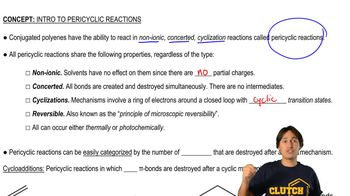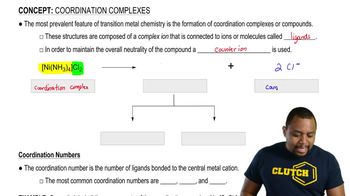Predict the product(s) that would result when the alkenes are allowed to react under the following conditions: (v) mCPBA;
(k)

 Verified step by step guidance
Verified step by step guidance Verified video answer for a similar problem:
Verified video answer for a similar problem:



 2:19m
2:19mMaster General properties of epoxidation. with a bite sized video explanation from Johnny
Start learning